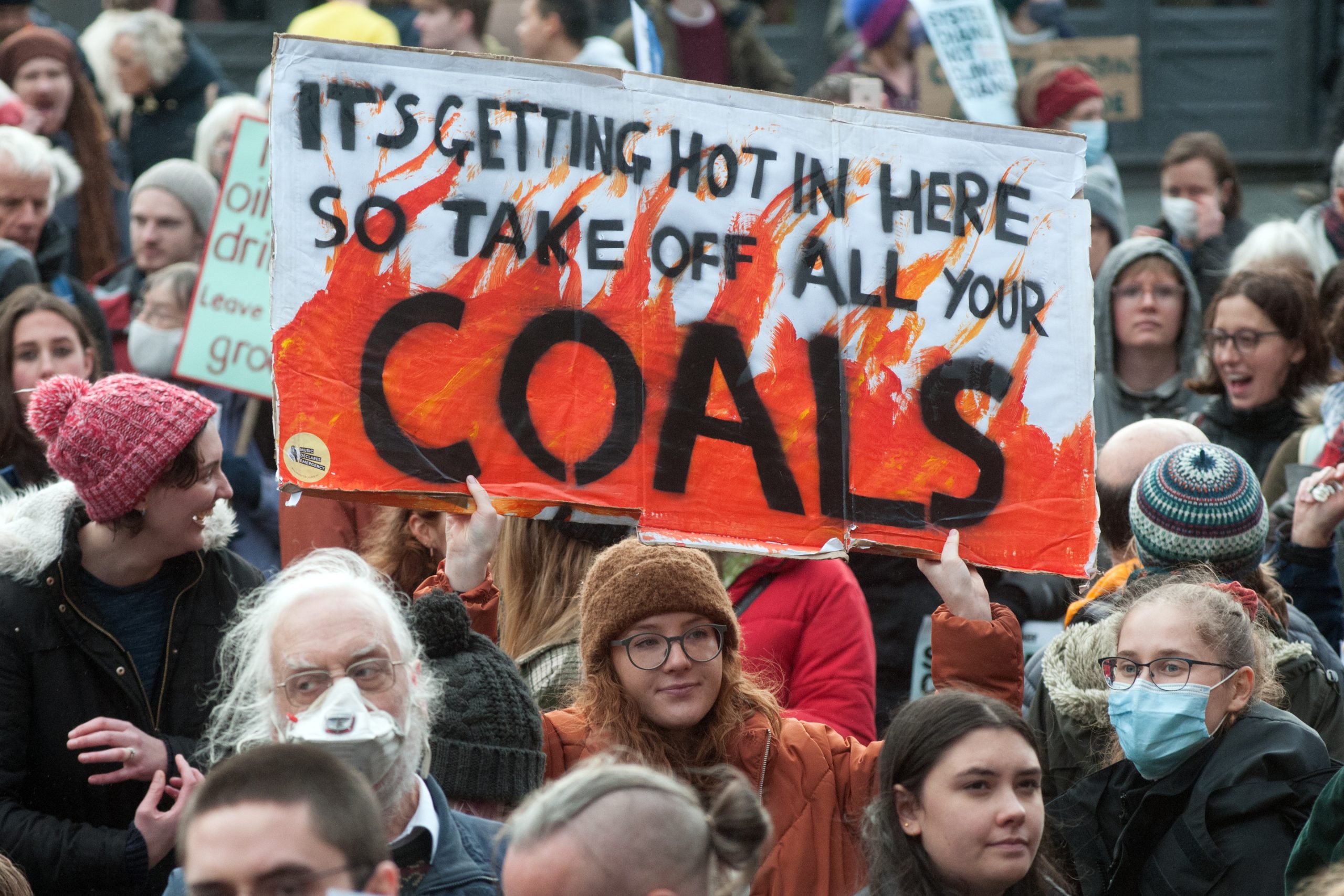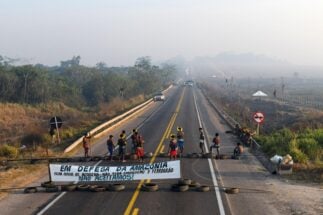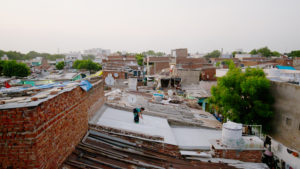Despite the worldwide mobilisation towards the adoption of renewable energy, the Brazilian government continues to promote the use of coal, the most polluting fossil fuel. The UN’s climate conference, COP26, has seen more than 70 countries commit to put an end to energy sources such as coal by mid-century. But Brazil did not sign the agreement.
Going against the global trend, the country’s government launched a programme in August to strengthen coal mining. The plan aims to raise 20 billion reais (US$3.7 billion) to revitalise coal-fired electricity production in southern Brazil, the region which holds the country’s largest reserves of the mineral.
Raising these funds, however, will be the biggest challenge for the coal industry and president Jair Bolsonaro’s government. The programme has ruled out using funds from the National Bank for Economic and Social Development (BNDES), as the lender has been closing its doors to financing coal-fired plants since 2018. Therefore, the government hopes to attract financing from abroad – though this, too, may bring challenges.

In Brazil, the Chinese state-owned enterprise PowerChina is investing in the Pedras Altas plant in Rio Grande do Sul, which will have a capacity of 600 megawatts (MW). In addition, Chinese companies have already invested US$36.5 billion in energy projects in Brazil between 2005 and 2019, according to data from Boston University’s Global Policy Development Center. However, of that, only 4% – about US$1.5 billion – was in coal.
New funding will have to be found, otherwise there will be an impact on the installation of new thermal plants
But this landscape is set to change. In September, China’s president, Xi Jinping, announced that his country will stop participating in the construction and public financing of coal-fired power plants abroad. Shortly before, Japan and South Korea had also announced cuts in the sector.
“There is international pressure for countries to stop burning coal because the climate impact is so great on a global scale,” says Shigueo Watanabe Junior, a climate change and energy expert at the Climainfo Institute, a Brazilian environmental information organisation.
Brazil’s coal sector apprehensive
For Zancan, it is still “necessary to wait” to understand the practical ramifications of this new Chinese strategy for the case of Brazil.
But Xi Jinping’s announcement already has part of the coal sector worrying. “We need to admit that China is a world power and that any move by them has a global impact,” says Genoir José dos Santos, president of the Interstate Federation of Coal Extraction Industry Workers in the South (Fitiec). “A replacement [in funding] will have to be found, because without it, there will be an impact on the installation of new thermal plants.”
R$670 million
The amount of subsidies received by Brazilian coal producers in 2020
Faced with a scenario of increasingly scarce finance, the coal sector has pleaded for the expansion of subsidies. Today, this is done via the Energy Development Account (CDE), a fund for the development of the energy sector, including coal, supplied by charges to energy distribution companies.
In 2020, coal producers received 670 million reais in subsidies and, as laid out under the 2002 energy management law, the CDE should continue to subsidise them until 2027. But a request for an amendment to this bill is seeking to extend the deadline to 2035.
“The idea is to arrange [this extension] with the rapporteur for the bill, for a subsequent vote by the Chamber of Deputies, then the Senate and the president’s signature,” explains Santos, from Fitiec. “If we don’t succeed, this is of great concern.”

According to ClimaInfo’s Watanabe Junior, the industry is also mobilising to reestablish the credit line from the development bank, BNDES: “We know there is a strong lobby in congress by the owners of plants in Santa Catarina and Rio Grande do Sul for BNDES to resume the loan line for this activity.”
But the fear in the sector is that new investments for coal mining will cease in the short term. “We run the risk of running out of new projects because of the lack of future expectations,” adds Santos. “Opening a mine takes about three years because of the bureaucracy, impact mitigation studies and licenses, and it costs 15 million reais. Who will want to invest if in 2027 the transfer [of subsidies] will not continue?”
Going against the grain
The attempt by the Brazilian government and its coal industry to find ways to sustain coal mining adds to Brazil’s already worn-out image at COP26, due to its consecutive wildfires and continuing deforestation, mainly in the Pantanal and the Amazon, and to the reduction of environmental supervision in the country.
“This action by the Brazilian government goes against the world,” comments Shigueo Watanabe Junior, from ClimaInfo.
João Alfredo Lopes Nyegray, professor of international relations at Positivo University in Curitiba, agrees. “Brazil, once a protagonist in the environmental agenda, is lagging behind [as] Europe, North America and parts of Asia seek to buy products from countries committed to sustainable development,” he says.
Brazil, once a protagonist in the environmental agenda, is lagging behind
Lopes Nyegray points to the trade agreement between Mercosur and the European Union. “It is on standby for the Europeans, since they disagree with the current Brazilian stances on conservation,” he comments.
“China, admittedly a polluting country, has been changing its practices and policies and becoming an important and unexpected ally to sustainability,” the professor adds. “At a time of economic contraction, the worst thing we could do would be to create unnecessary trade disputes.”
Meanwhile, Zancan, the president of ABCM, believes the discussion is trivial – since coal accounts for less than 5% of Brazil’s electricity supply and the Brazilian energy matrix pollutes little. “The world knows this,” he says.
“We have been working for years to modernise the sector, because the plants are ageing. We want to reach an energy transition for the industry to move from high coal to low coal with CO2 capture,” Zancan adds. “This technology is the way out.”









